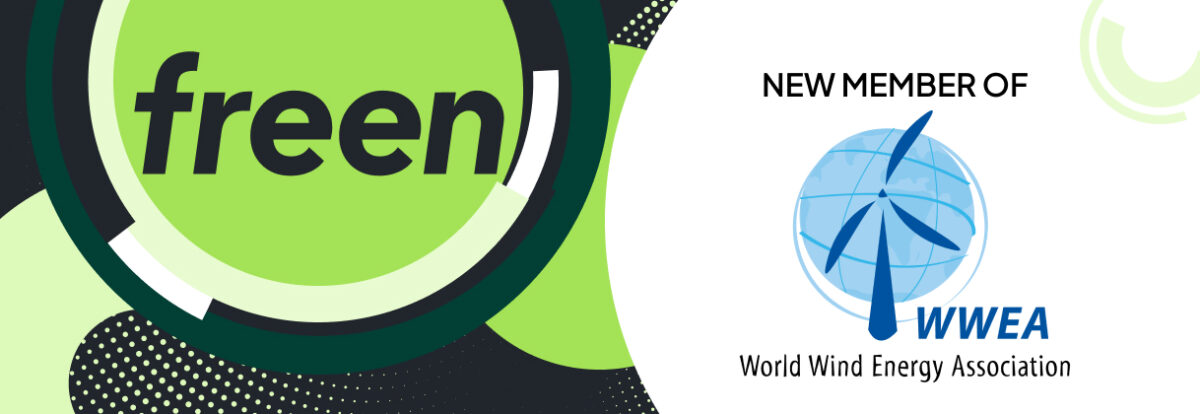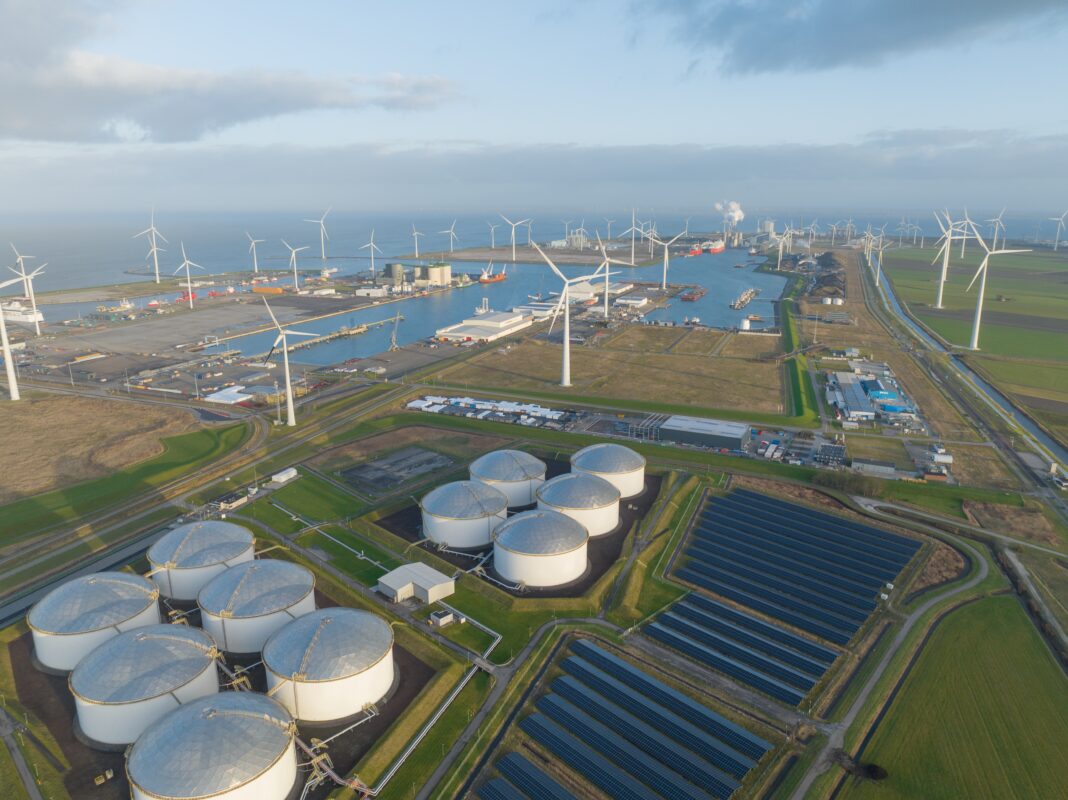Introduction: Small Wind Turbines Incentives 2025
Small wind turbines incentives in 2025 are expected to revolutionize the renewable energy sector by making wind power more affordable for homeowners and businesses. Governments across Europe are introducing subsidies, tax credits, and low-interest loans to support the adoption of small-scale wind energy solutions. These incentives are designed to accelerate the transition towards a greener future and reduce dependency on fossil fuels.
Government small wind turbines incentives 2025
Small wind turbines incentives 2025 will drive the expansion of renewable energy across Europe. European residents are increasingly aware of the need for cleaner energy. As a result, renewable sources are gaining popularity. However, costs remain a challenge. To address this, European countries provide financial support for wind energy projects. Consequently, these programs help homeowners, businesses, and cities invest in wind turbines. Small wind turbines incentives in 2025 are expected to play a crucial role in achieving EU climate goals.
Renewable Energy Subsidies in Europe
Europe has some of the world’s most ambitious renewable energy goals. The European Union aims to generate 45% of its energy from renewable sources by 2030. In addition, many governments allocate large budgets to replace fossil fuels with alternative energy sources. For example, Germany alone invested over €100 million in small and medium-sized wind turbine projects in 2024. Furthermore, alongside funding major wind farms, they encourage citizen participation. As a result, numerous countries offer incentives for small wind turbines, including grants, loans, tax credits, and feed-in tariffs.
Learn how Freen can help you navigate government incentives for small wind turbines—contact us today.
Wind Turbine Incentives by Country: Government Support in 2025
Denmark: Small Wind Turbine Incentives 2025
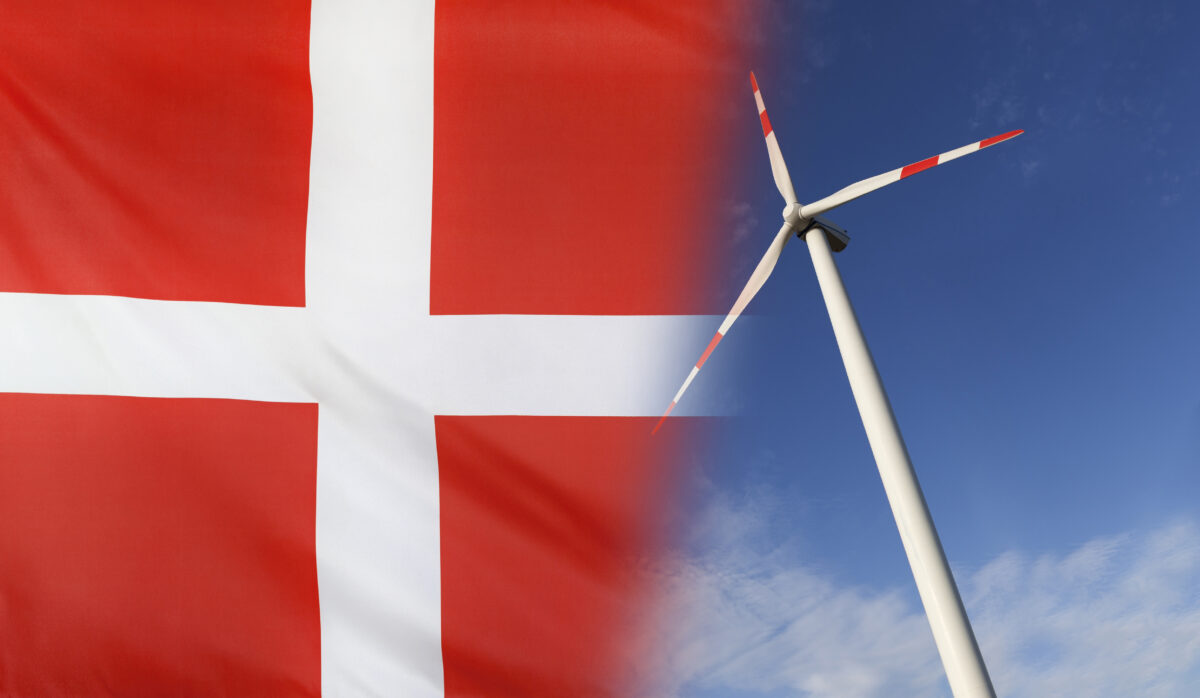
Denmark has been a global leader in wind energy. Initially, the country took a cautious approach to subsidies. However, as other nations advanced, Denmark introduced more incentives. In 2024, the Danish government allocated 1 billion DKK under its green investment program to support renewable energy projects. The Business Pool, a subsidy fund worth 3.5 billion DKK available until 2029, helps private companies cover up to 50% of costs related to energy-saving initiatives, including small wind turbine installations.
Germany: Wind Power Support and Financial Assistance
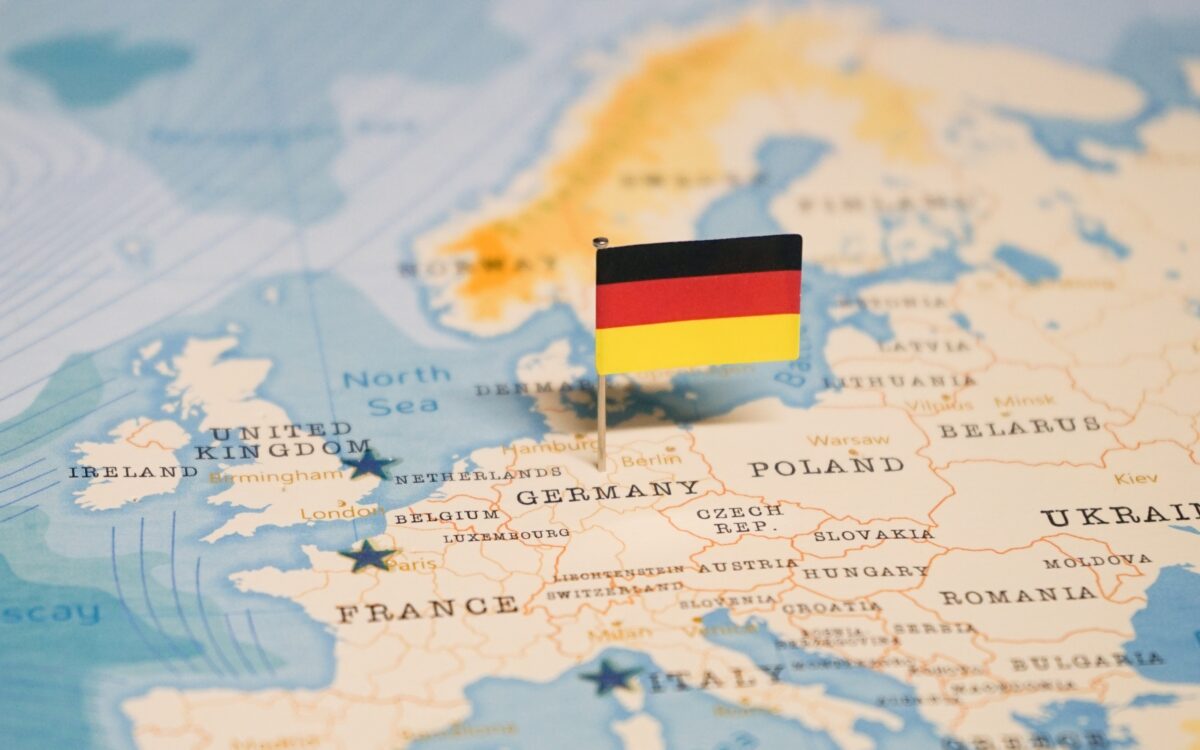
Germany strongly supports renewable energy. Therefore, it provides subsidies and loans for small wind turbines. The Climate Action Programme 2030 includes the Federal Subsidy for Efficient Buildings (BEG), which funds energy-efficient renovations.
Residents can access loans with interest rates as low as 0.64%. Furthermore, they can borrow up to €150,000 per unit for renewable energy upgrades. Additionally, the European Investment Bank (EIB) allocated €100 million to Deutsche Kreditbank (DKB) to finance small and medium-sized wind turbine projects, while KfW Bank offers energy-efficient construction loans of up to €120,000 per unit with potential bonuses between €18,000 and €30,000.
Estonia: Government Funding for Renewable Projects
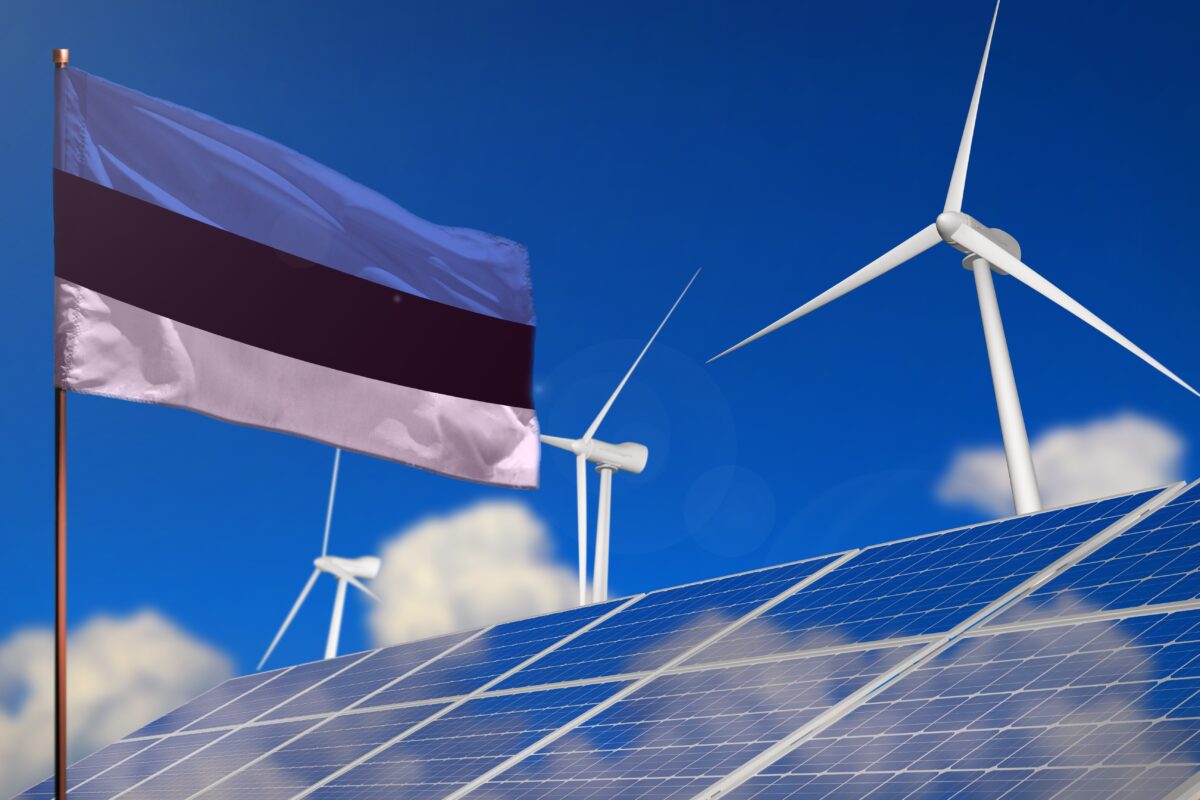
Estonia aims to transition entirely to renewable electricity by 2030. As part of this effort, the Environmental Investment Centre (EIC) manages grants and subsidies for renewable projects. Companies installing small wind turbines can receive up to €305,000 per additional megawatt of capacity.
Discover Freen’s innovative solutions. Schedule a consultation now.
France: Financial Grants and Tax Incentives

France is increasing its renewable energy efforts after missing its 2020 target. By 2030, the country aims for 35 GW of onshore and 4 GW of offshore wind capacity.
To support this, France offers financial incentives such as MaPrimeRénov’, which supports energy-efficient home renovations. Grants vary by income, with higher amounts for low-income households. Additionally, renovation projects must reduce energy consumption by at least 35%.
Finland: Energy Transition and Incentive Programs
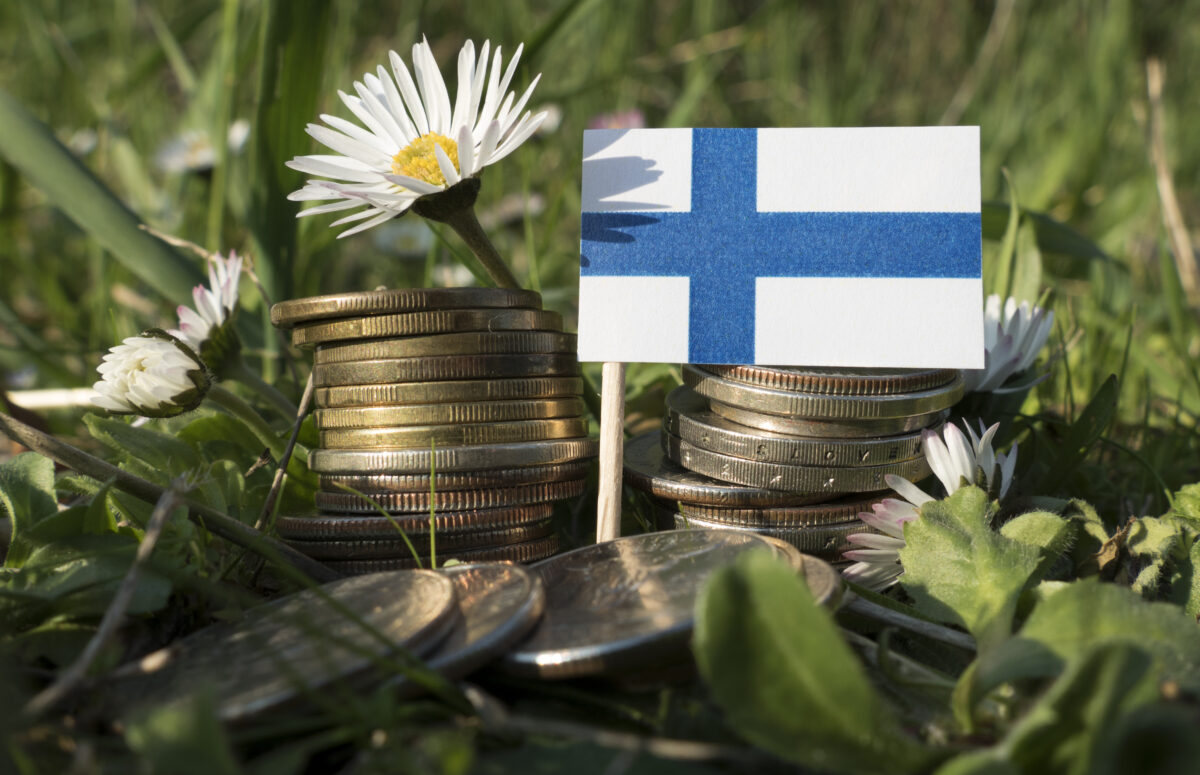
Finland leads Europe’s energy transition, with renewables making up over 60% of its energy mix. In addition, the country aims for carbon neutrality by 2035.
The Finnish government offers subsidies and incentives for small wind turbines. Moreover, it focuses on local involvement, providing tax reductions, radar compensation fees, and various grants.
Ireland: Wind Energy Expansion and Public Funding
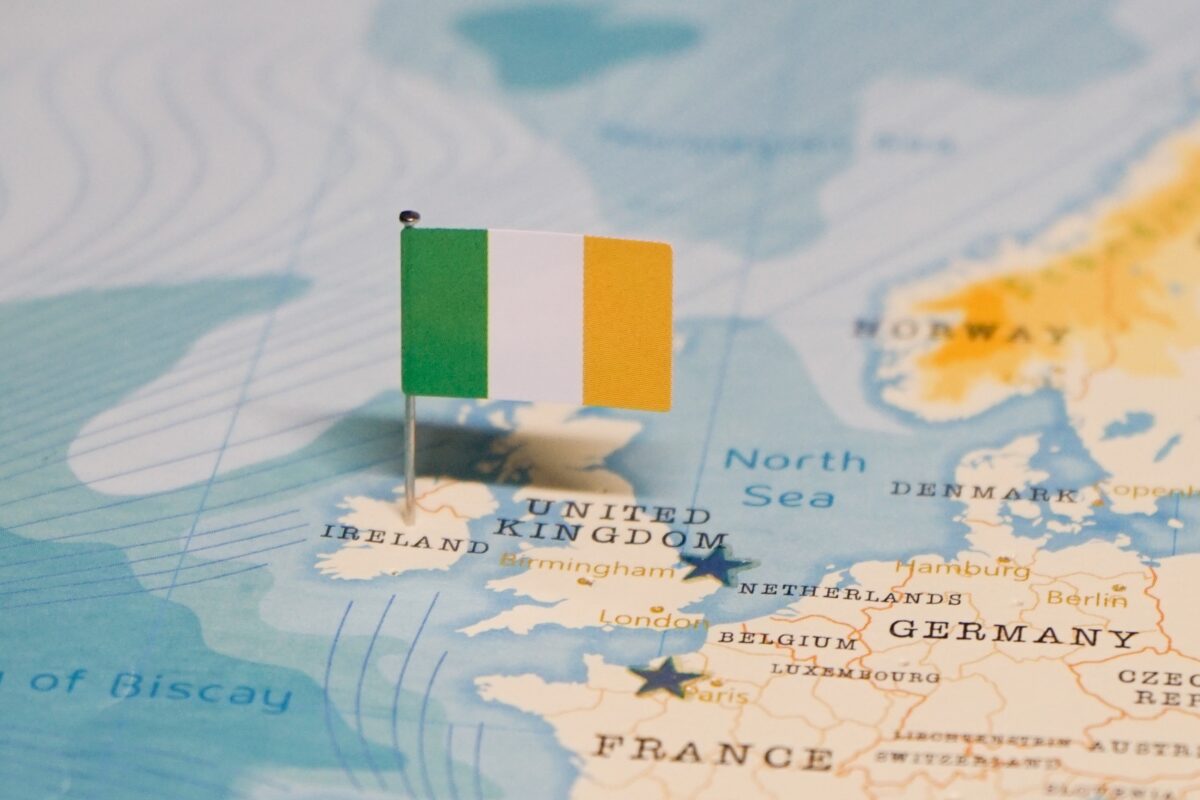
Ireland has some of Europe’s best wind conditions, making it ideal for wind energy development. The country currently has over 300 wind farms, with a combined capacity of 4,332.5 megawatts.
Conclusion
Government incentives for small wind turbines in 2025 create new opportunities for homeowners and businesses. By leveraging subsidies, tax credits, and financial support, Europe is moving towards a more sustainable future.
Additional Resources
For more details, explore the following external resources:
Stay updated on financial support programs and maximize your wind energy investment today!



